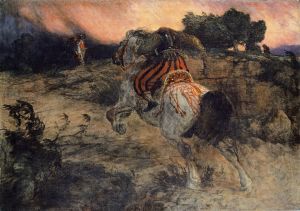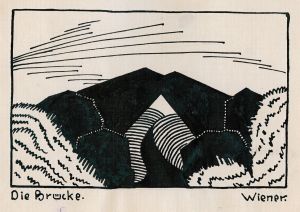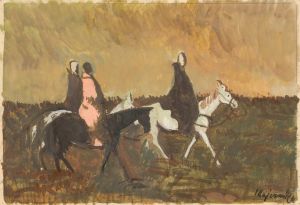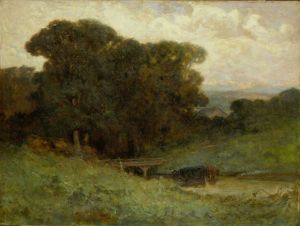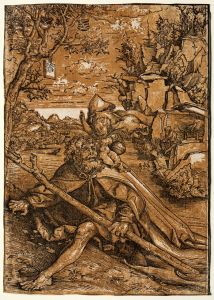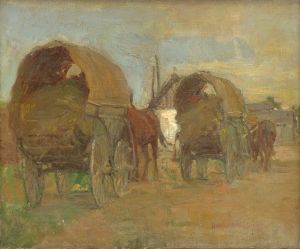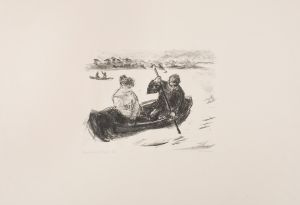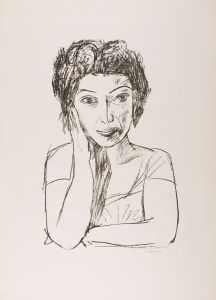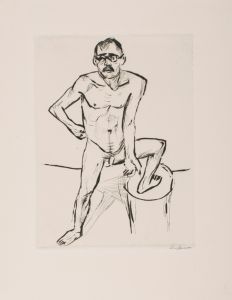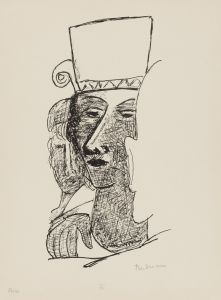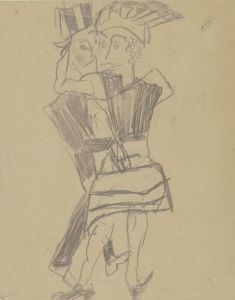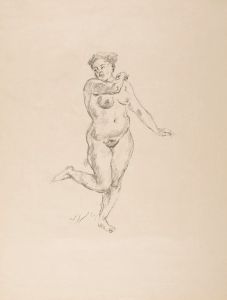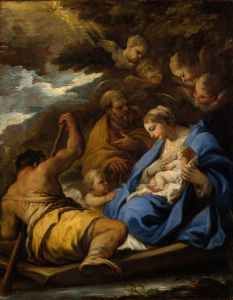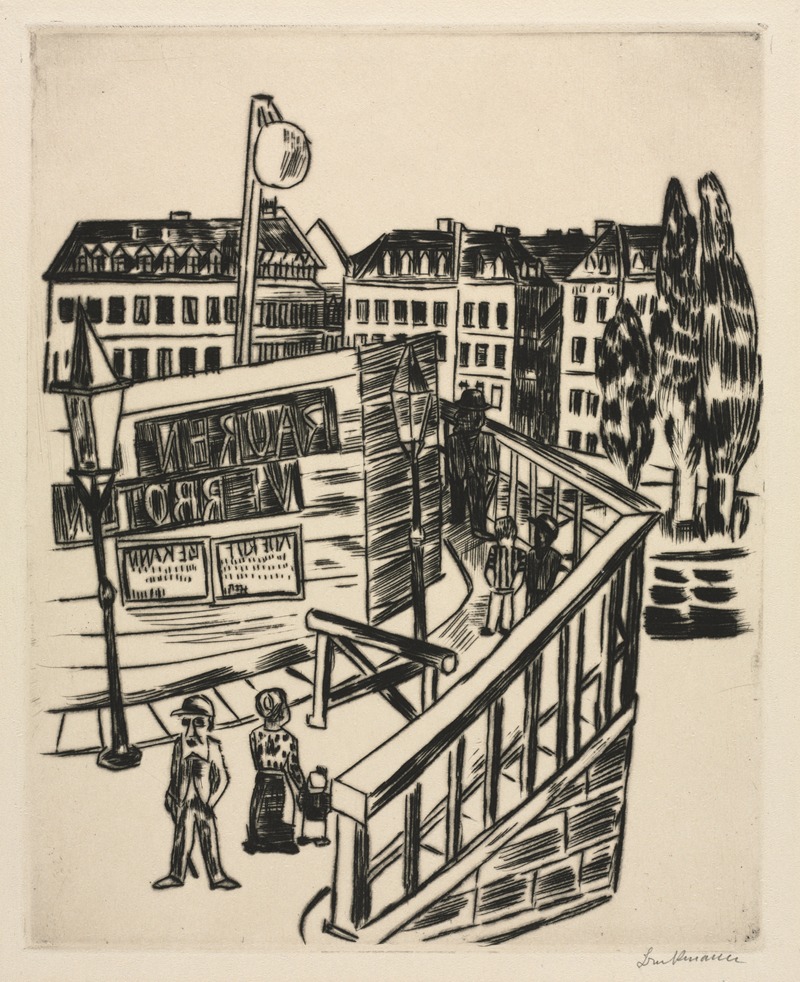
Wooden Bridge
A hand-painted replica of Max Beckmann’s masterpiece Wooden Bridge, meticulously crafted by professional artists to capture the true essence of the original. Each piece is created with museum-quality canvas and rare mineral pigments, carefully painted by experienced artists with delicate brushstrokes and rich, layered colors to perfectly recreate the texture of the original artwork. Unlike machine-printed reproductions, this hand-painted version brings the painting to life, infused with the artist’s emotions and skill in every stroke. Whether for personal collection or home decoration, it instantly elevates the artistic atmosphere of any space.
Max Beckmann's "Wooden Bridge" is a notable work by the German painter, who is renowned for his contributions to the Expressionist movement. Beckmann, born in 1884 in Leipzig, Germany, developed a distinctive style that often incorporated elements of Expressionism, New Objectivity, and his own unique vision. His works frequently explore themes of human existence, societal upheaval, and the complexities of modern life.
"Wooden Bridge" was painted during a period when Beckmann was transitioning from his early Expressionist style to a more mature phase characterized by a focus on structure and form. This painting reflects Beckmann's interest in urban landscapes and the human condition, themes that are prevalent throughout his oeuvre. The work is believed to have been created in the early 20th century, a time when Beckmann was deeply engaged with the tumultuous changes occurring in Europe, including the aftermath of World War I and the rise of modernity.
The painting depicts a wooden bridge, a subject that Beckmann may have chosen for its symbolic resonance. Bridges often represent connections, transitions, and passages, both literal and metaphorical. In Beckmann's hands, the wooden bridge could symbolize the crossing from one state of being to another, reflecting the broader societal shifts of the era. The use of a bridge as a central motif aligns with Beckmann's interest in exploring the intersections between the individual and the collective, the past and the present, and the personal and the universal.
Beckmann's technique in "Wooden Bridge" showcases his mastery of composition and color. He employs bold lines and a rich palette to create a dynamic and engaging scene. The painting's structure is carefully organized, with the bridge serving as a central axis that guides the viewer's eye across the canvas. This compositional choice underscores Beckmann's skill in balancing complexity with clarity, a hallmark of his mature style.
Throughout his career, Beckmann was influenced by a variety of artistic movements and traditions. While he is often associated with Expressionism, his work also draws on elements of Impressionism, Symbolism, and even Classical art. This eclectic mix of influences is evident in "Wooden Bridge," where Beckmann combines expressive brushwork with a keen attention to detail and form.
"Wooden Bridge" is part of Beckmann's broader exploration of urban life and the human experience. His paintings often feature scenes of cityscapes, interiors, and figures in motion, capturing the vibrancy and tension of modern existence. In this context, the wooden bridge serves as a metaphor for the connections and disconnections that define contemporary life.
Max Beckmann's legacy as an artist is marked by his ability to convey profound themes through his distinctive visual language. "Wooden Bridge" exemplifies his talent for creating works that are both visually striking and intellectually engaging. Today, Beckmann's paintings are celebrated for their depth, complexity, and enduring relevance, and "Wooden Bridge" remains an important example of his artistic vision.
While specific details about the provenance or exhibition history of "Wooden Bridge" may not be widely documented, the painting continues to be appreciated for its artistic merit and its reflection of Beckmann's unique perspective on the world.





